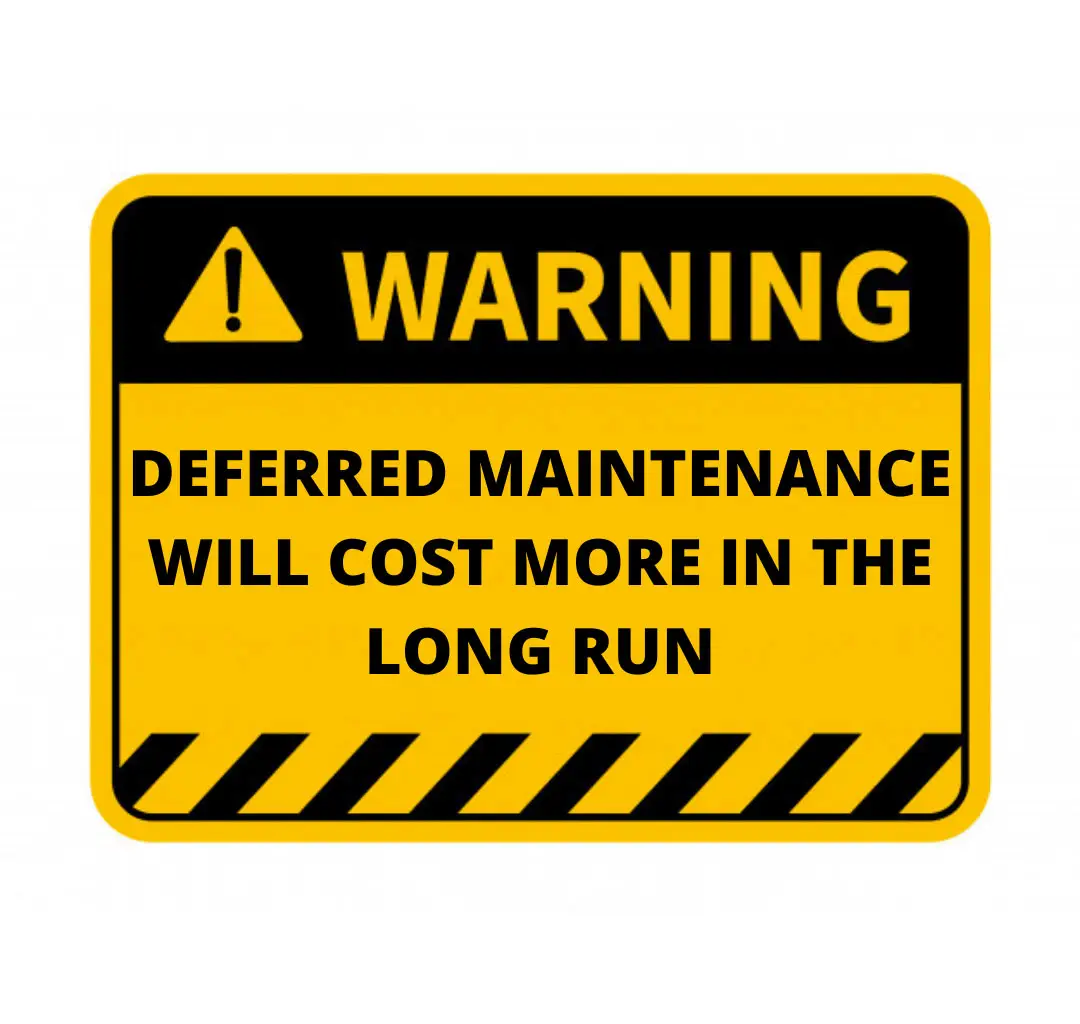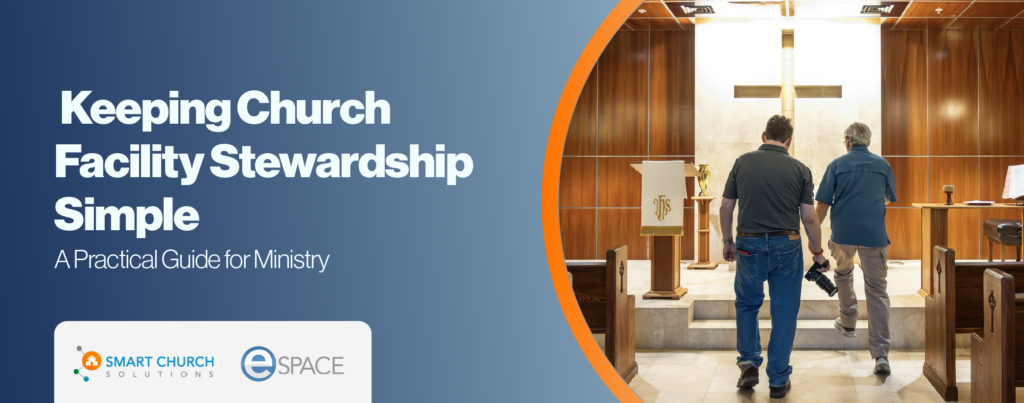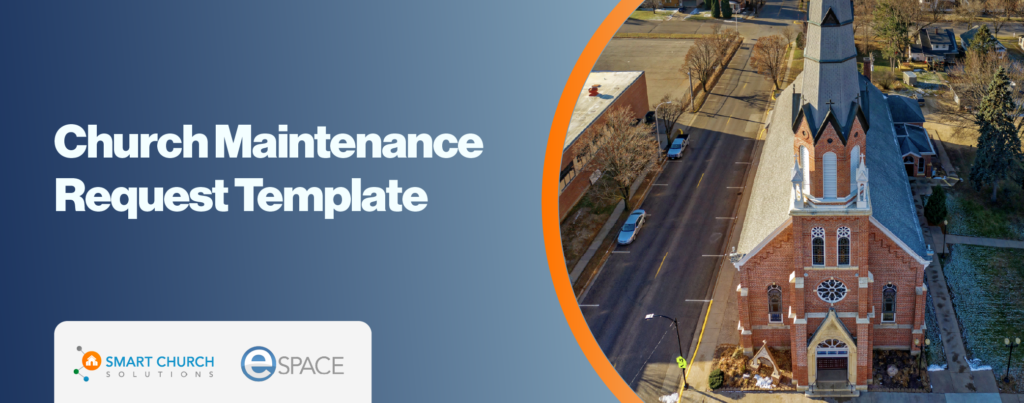I continue to study, explore, and learn more about the impacts of deferred maintenance. As I venture deeper into this topic, the more driven I become as to the need for Kingdom-minded people to TAKE THIS SERIOUSLY!
Let me share some of the research we have been studying, and how this is not to be taken lightly.
I was reading a blog that quoted Rick Biedenweg, President of Pacific Partners Consulting Group and former Assistant Vice President of information resources at Stanford University. In that blog Mr. Biedenweg said:
“Every $1 in deferred maintenance costs $4 of capital renewal needs in the future.”
WOW…that is a kick in the gut. I have taught for years that if we do not keep up with the natural rate of deterioration (1-4% of the current replacement value – CRV) that the rate can more than double. This reinforces this premise as the compounding factor of not spending $1 today, can grow 4 fold as the deterioration continues…coupled with the future value of time and money.
While Biedenweg worked primarily with the educational system and their needs, his numbers and research can be used with any type of maintenance department. Their research indicates educational institutions should be spending 0.5% (annually) of their building and system’s current replacement value on ongoing maintenance and regular preventive maintenance and 1.5% of CRV on capital repairs. Again, this solidifies and accentuates the positions we have taken related to Facility Stewardship and the need for intentional and proactive long term planning.
If you want a real mind-blowing experience, read this article called the “Inverse-Square Rule” by David Tod Geaslin. This made my head hurt! If you don’t have time to read the entire article, at least grasp this thought:
“If a necessary repair is deferred and allowed to remain in service until the next level of failure, the resultant expense will be 30-times the early intervention cost.”
Lord have mercy!
Here is one other startling thought that caught my attention in a article by the American School & University Magazine entitled Falling Behind: School Maintenance & Operations.
Here are some of the salient points in the article:
- The National Education Association issued a report on school facilities in 2000, “Modernizing Our Schools: What Will It Cost?” The teachers union estimated the nationwide cost of repairing, renovating, or building school facilities and installing modern educational technology at $322 billion.
- In 2013, the U.S. Green Building Council’s Center for Green Schools issued a report, “State of Our Schools 2013,” that takes the 21st Century School Fund’s $271 million estimate and adds to it modernization costs that would enable U.S. schools to meet current education, safety and health standards. The grand total: $542 billion.
- The American Society of Civil Engineers has assessed the condition of the nation’s public school infrastructure in a way that educators will understand: A report card. But schools won’t make the honor roll with the grade: D. That’s better than the F that the engineers gave to school infrastructure in 1998, or the D-minus in 2001. The D bestowed on school facilities in 2005, 2009 and again in 2013 is an indication that schools have made some progress in addressing maintenance backlogs since greater attention was given to the issue in the 1990’s, but the response has been inadequate to confront the scope of the problem.
I am sure you wonder why I am referring to schools and not churches. Actually it is very intentional.
For the most part, public schools are funded by taxpayer dollars and NOT by the generosity of the parents who send their child to the school. Schools rely on bonds and taxes to pay for their facilities…and their care (or lack there of). If they need additional funds and can convince the school board to lobby for additional funds, then they get more money. They are seen as an “entitlement” public institution (even though, technically those funds are entrusted to them).
Totally different from our church and ministry facilities! We rely on the generosity of our congregations to fund all of our ministry operations, including our facilities. That means that every dime given to a church comes from the people in the pews, which in my option, ads a more critical onus on the leaders to steward these funds wisely. Yes…we need to pay staff. Yes…the mission of the church is to lead more people to Christ and disciple them. BUT…are we not to be stewards over ALL things? If that includes our facilities, and I contend it does, then we MUST be intentional about stewarding them. They have been ENTRUSTED to us.
So…what is the bright side of this? (I know…the above is a little depressing). It is never to late to get started to turn the tide. Being entrusted with anything is a huge responsibility. Take it seriously and avoid the death of your facility.







